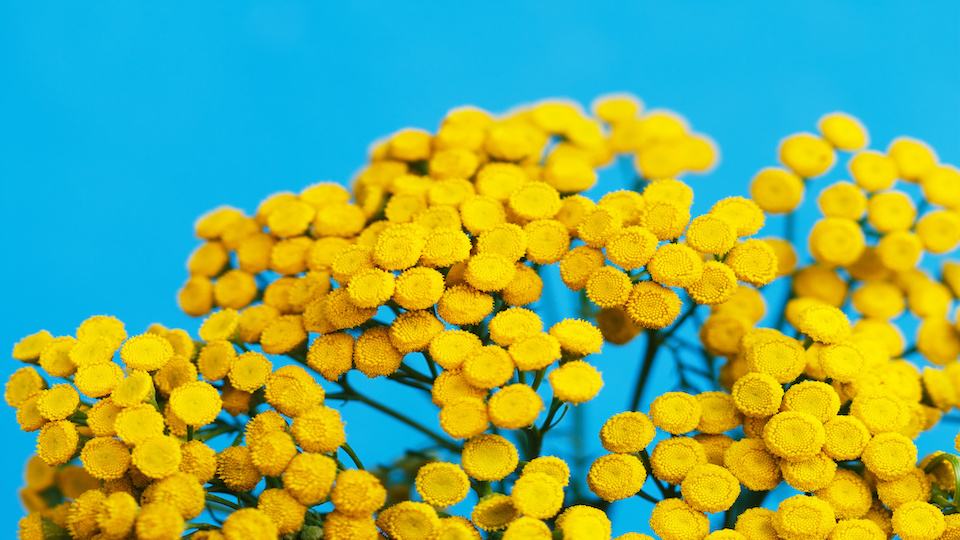It may seem strange to cultivate a list of flowers you should avoid planting in your garden, however it is vital to be aware of some eye-catching beauties that are more trouble than they’re worth. These plants are either toxic, invasive or could potentially cause damage to your other healthy flowers. It is best to avoid growing these 9 plants in your garden, no matter how enticing they may be.
Bamboo
Though the thought of a living privacy fence between you and your neighbor and the feel of a tropical paradise in your backyard may be appealing, bamboo can often become an unexpected source of frustration when it begins to take over. Once established, this plant roots very deeply and grows incredibly quickly, meaning that when you’ve committed to bamboo, there’s no escaping it.
If you still want to enjoy this hardy (and lovely) plant, it is a good idea to grow it in large raised planters that can prevent spread.
Tansy
Another invasive species that quickly becomes the only plant in your garden by overtaking the rest of your flowers, tansy is also toxic when ingested. Avoid this plant if you have pets or small children that could find their way into the garden.
Mimosa tree
Though these trees add an exciting exotic flair to your garden, with their delicate leaves and captivating blooms, mimosas won’t exactly win you any favor in the neighborhood popularity contest. When the wind picks up, this tree spreads seedlings wide and far, where they take root in the most inconvenient locations and are almost impossible to eradicate completely.
Mint
Okay, so saying that you should NEVER plant mint in your garden may be a little extreme. When contained properly, mint is an amazing herb with hundreds of uses. However, it is one of the most invasive herb plants and can quickly become nothing more than a fragrant weed that you have to cut back or pull out each year. If you still want to grow mint, dedicate an entire garden area to various varieties or grow it in a container. You could even dig a hole in the ground large enough for the entire pot of mint and contain the roots that way.
English Ivy
Though you may be dreaming of an idyllic ivy-covered wall, this plant is far more trouble than it’s worth. It tends to work its way into any crack available, forcing apart fences, bricks, and even the foundation of your home. There’s a reason that you see many dilapidated houses with a thick layer of ivy; it needs little care and it incredibly difficult to keep under control.
Wisteria
Unless you plan to dedicate hours to pruning your wisteria every couple of months, it is best to avoid this fairy-like purple plant. The roots spread throughout your entire garden, causing shoots to pop up and destroy your other plants. Even if you are an expert pruner and keep your wisteria on a tight leash, you are still likely to miss a runner and will quickly begin to regret the day you planted this invasive species.
Deadly nightshade
Deadly nightshade (or belladonna) carries that name for a reason. Every single part of this plant is incredibly poisonous. In fact, just two berries could kill a small child. Belladonna should have no place in your garden due to its extreme toxicity. Place this plant on the “no exceptions” list.
Female Ginko Bilboa trees
Unlike the male version of these trees, the female ginko produces nasty, unuseable fruit that leaves a mess on the ground and has been noted to smell like vomit. Doesn’t exactly sound like something you want near your front door, does it?
The male plant can make a wonderful addition to your yard, but it is is a good idea to avoid the female, unless of course, you want to deter unsolicited visitors with its toxic fruit.
Water hyacinth
Often a popular choice for backyard ponds or other water features due to its water purification abilities, the water hyacinth may seem sweet at first but will quickly take over any other water plants. Instead of a pond or pretty fountain, you may simply have a bed of purple flowers that can often be a hassle to get rid of. Opt for less invasive water plants such as waterlilies.
-Taylor Ramsey




